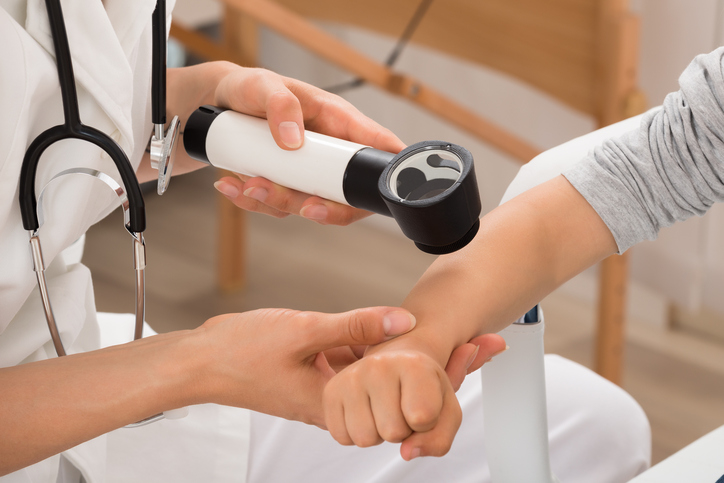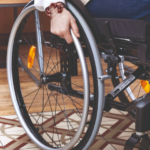SCI-related Skin terms to know

You might have come across some SCI terms but have no idea what they mean. Read on for some SCI skin-related terms.
Pressure Injury
You may have come across terms such as pressure ulcer, bedsore, decubitus ulcer and pressure sore. All of these are alternative names for pressure injury.
A pressure injury is a damage to the skin and the tissue beneath it. The skin needs not necessarily be broken before a pressure injury is established. It could well be intact.
Skin or tissues that lie in areas where there is bony prominence are usually the most vulnerable.
A bony prominence refers to any area of your body where the tissue is thinly spread over a bone, such as elbows, heels, spine etc. External elements, such as a medical device, can cause increased pressure on the skin’s surface thereby resulting in a pressure injury.
You can prevent pressure injury by avoiding being in susceptible postural orientations for extended periods.
Skin Integrity
Skin integrity refers to the overall health status of the skin. The skin is the largest organ in the body, and some of its functions is to safeguard the body, regulate its temperature, and transmit sensory information.
Health conditions such as diabetes and natural phenomenon such as aging compromise skin health and puts it at higher risk of potential injury.
You can promote skin health by way of regular skin care, dermatological checks, being on a nutritional diet, amongst others.
Friction and Shear
Friction is the resistance between two surfaces. Shear, on the other hand, is a term that depicts deformation or distortion of a tissue. Friction and shear are part players in the development of pressure injuries. Friction on the surface of the skin may lead to impairment and cause a shear strain in the tissue.
Microclimate
Microclimate refers to the environment generated when the skin of an individual comes in contact with an object such as a seat cushion or mattress. The surface temperature and moisture of the skin are key determinants in its microclimate.
A healthy microclimate is essential to your skin health. To achieve this, moisture control and heat dissipation should get top priority. If neglected, they can negatively affect the health of your skin, particularly if you have mobility challenges or have conditions like hyperhidrosis.
Heat Dissipation
Heat dissipation refers to the ability of the skin to fritter away the accumulation of heat.
Heat is transferred from the tissue to the blood. It depends on two factors, the rate at which the tissue generates heat and the rate at which blood flows through it. Heat is directly dispersed from the blood, and across the tissue to the skin.
Some equipment fabrics can help dissipate heat which in turn results in a healthier skin-surface environment.
Oedema
Oedema is an accumulation of fluid in the body. Usually, the affected body part becomes swollen. It occurs when too much fluid is retained in the body tissues. The excess fluid builds up and causes the tissue to swell. It makes the skin stretched and tight and is often accompanied by pain and discomfort.
Oedema can be induced by several medical conditions. If you are experiencing any of its symptoms, consult your physician immediately. It could be an underlying sign of a more serious ailment.
Treatment usually depends on the cause but a reduction in salt intake and regular exercises are proven to be effective remedies.
This post is based on information found in the article, Terms to Know: Spinal Cord Injuries and Skin, by Roll Rev.







